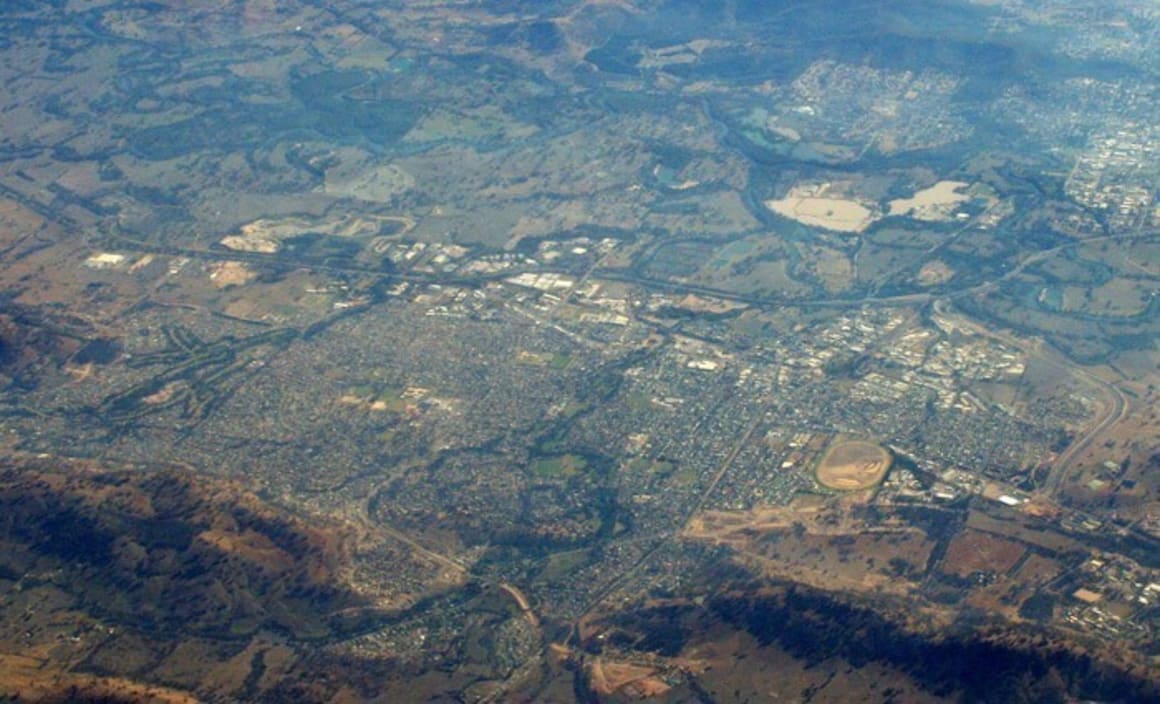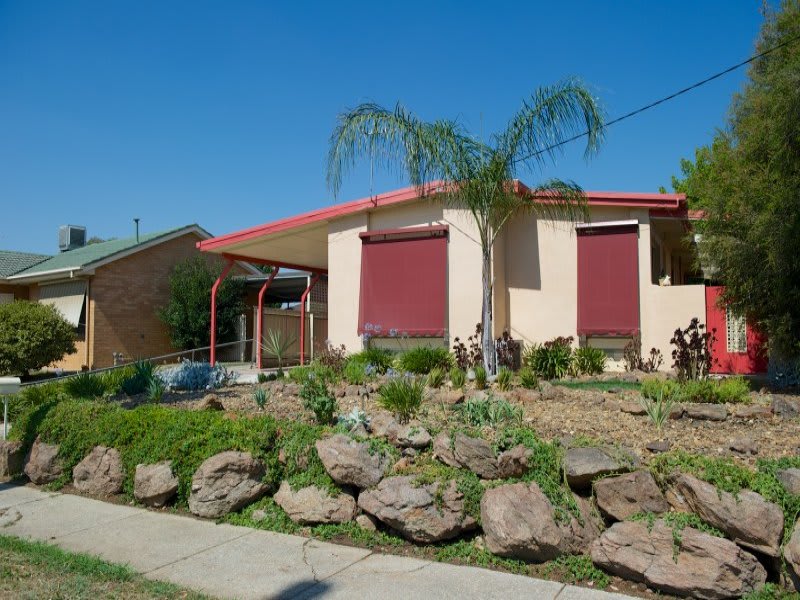Suburb spotlight: Will Wodonga's big spend pay off?

After looking at the New South Wales border town of Albury last week, Property Observer turns the spotlight to its twin city, Wodonga.
Last year, Observer Terry Ryder named Albury-Wodonga one of his hotspots, thanks to its diverse economy and location.
“The city's location of the Hume Highway (and the main rail line) between Melbourne and Sydney, with good links also to Canberra, makes it strategically important,” he wrote. “Many transport and logistics businesses are based there.”
According to the local government, Wodonga has a residential base of 36,629 people. The city recently made headlines after it was revealed to be the fastest growing major regional city in Victoria. Figures from the Australian Bureau of Statistics showed that Wodonga’s population grew by 2.1% in the year to June 2013. Wodonga council’s chief executive, Patience Harrington, told the ABC that the population boost largely came from a growing birth rate.
"We're seeing a lot more young children and young families in our city and certainly those older people in our population are also being sustained," Harrington said.
The city’s population is expected to exceed 50,000 by 2026 – roughly the size of New South Wales’ Wagga Wagga. Together with its twin city Albury, the area had a total population of 82,083 as of 2011.
Wodonga's major employers
- Manufacturing: 16.5%
- Health care and social assistance: 14.1%
- Public administration and safety: 13.6%
- Retail trade: 11.3%
- Education & training: 9.2%
Source: REMPLAN 2013
To cope with its growing population, a number of infrastructure investments have been made by the local and state governments. Last year, the Victorian government allocated $250,000 to assist the city’s plan for the Leneva-Baranduda growth corridor.
The government stimulus to link the urban areas of Wodonga to Baranduda via Leneva, south of the city, is intended to build houses for an additional 35,000 people, with 14,000 new homes. The infrastructure project is also projected to create 6,000 jobs in the area.
At its announcement, Victorian Planning Minister Matthew Guy said the growth corridor would “assist in supporting the commercial development of Wodonga’s CBD, where there is already a major urban renewal project underway”.
The city’s urban renewal projects include a $4.3 million road realignment project. The new saleyard at North Barnawartha, which are due to set the city back $25 million, is another major infrastructure project. The saleyard is set to be completed in December.
The city’s investment in infrastructure has not been without consequences for the area’s budget. The 567 hectare Logic industrial hub in Barnawartha North on the Hume highway has been a big spending point for the city. According to The Border Mail, the site was a major contributing factor to skyrocketing debt for the city. The city of Wodonga’s debt level jumped from less than $10 million in 2000-1 to nearly $33 million in 2006-07.
The city now has almost $31 million in debt, the second highest level of debt of any of the state’s regional centres. The Victorian auditor-general’s office has reportedly deemed the city at medium risk of longer-term financial sustainability since 2007-08.
To pay down debt, the local government has been attempting to sell its assets, including an old police station, park land and industrial land. Land at the Logic industrial site is currently being offered on a lot-by-lot basis.
The total value of construction in Wodonga in the 2012-13 financial year exceeded $145 million, according to local government figures. Manufacturing remains the largest employer in Wodonga, with 16.5% of the workforce devoted to manufacturing, followed by 14.1% in health care and social assistance. For 2008-09, the average annual wage in the city was $40,275, with a labour force of 19,615.
The number of occupied residences in 2012 was 14,480, out of a total 16,786 rateable residential properties.
The median house price for the greater Wodonga area was $215,000 for April this year, according to RP Data. This three bedroom, one bedroom house sold in April for $225,000.

The home in central Wodonga was previously let at $285 per week. It has polished floorboards throughout and sits on about 575 square metres of land. The owners bought the home for $127,500 in 2003.
Other articles in our suburb spotlight series:
Suburb spotlight: Albury market is "steady and strong"
Suburb spotlight: Melton council gearing up for growth
Suburb spotlight: Joondalup adjusting to moderating market
Photo courtesy of Wikimedia/Creative Commons.